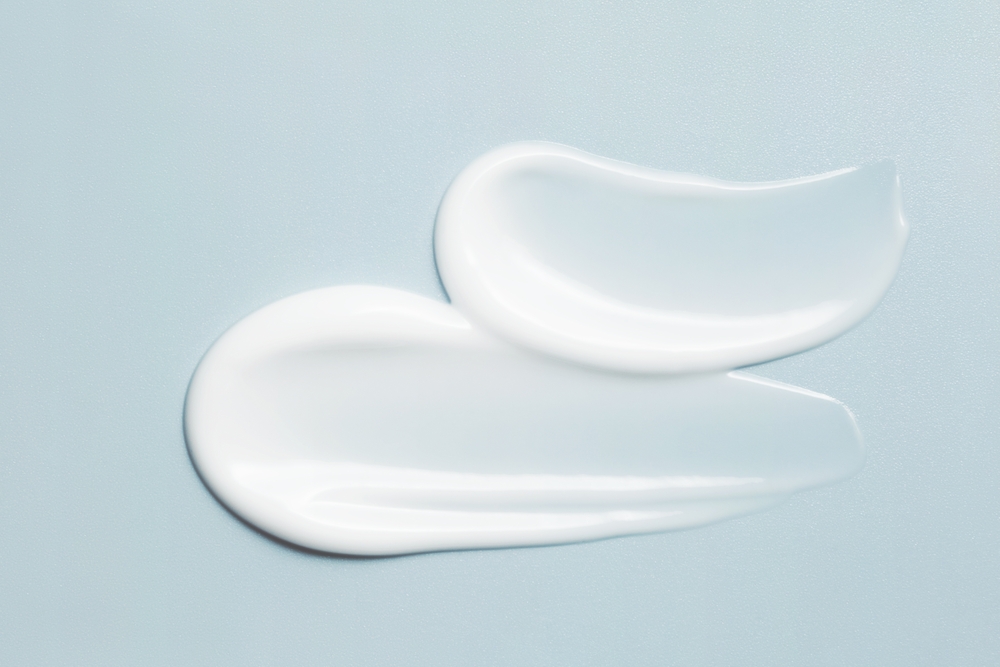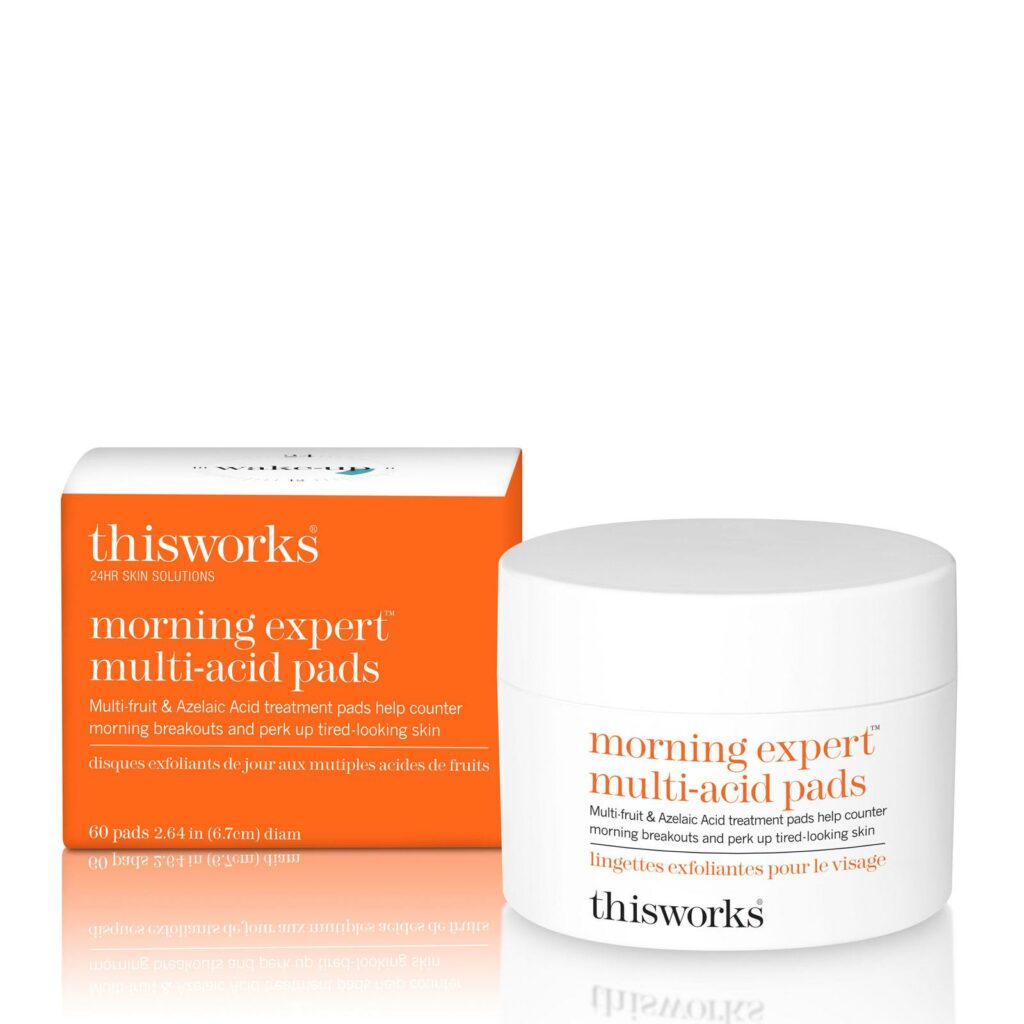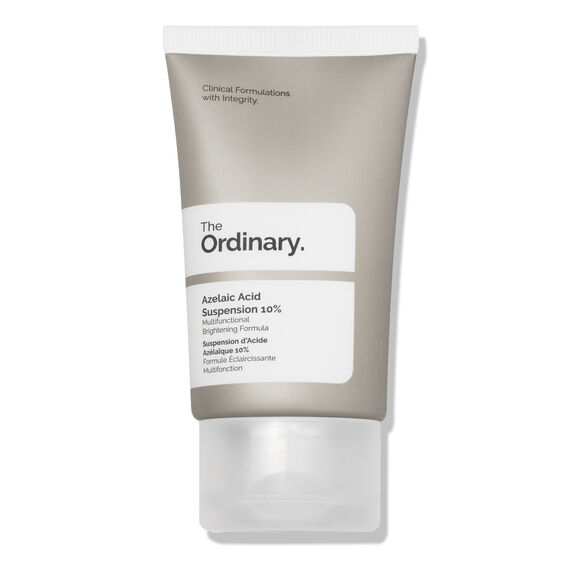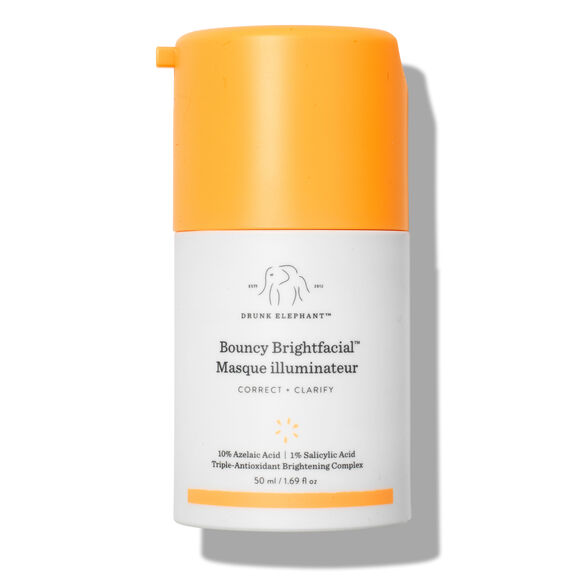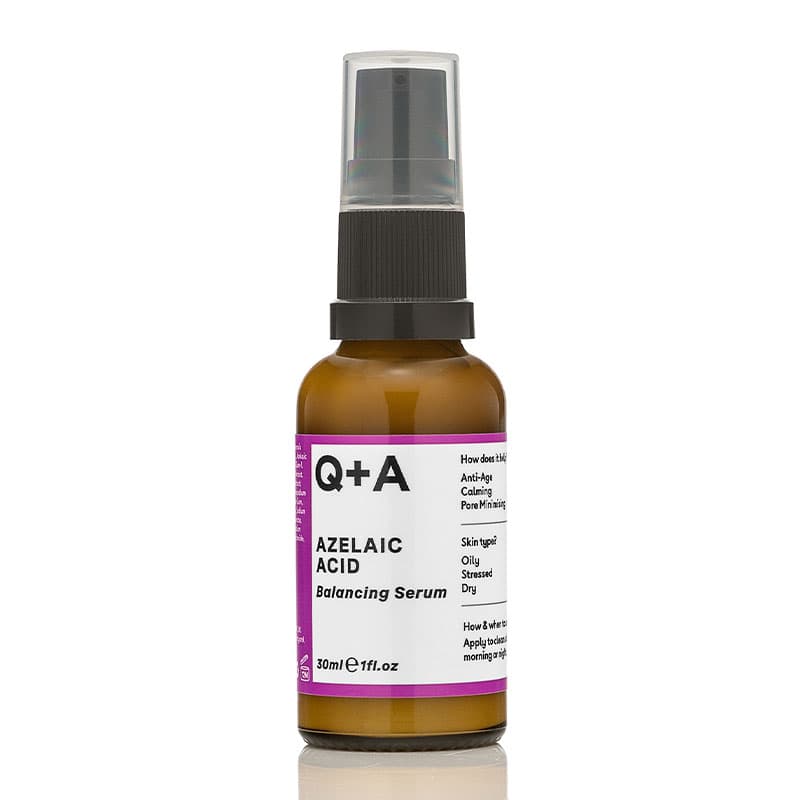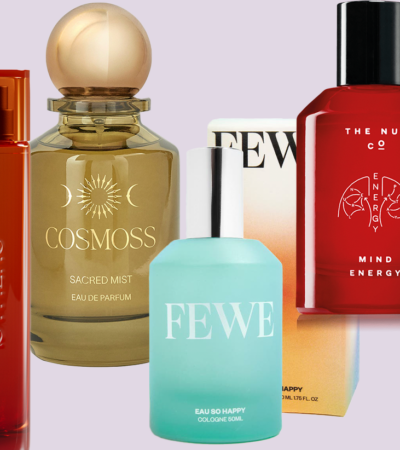In this edition of Hip & Healthy’s Beauty School series, we’re shining a spotlight on azelaic acid. A.k.a. one of the most derm-favoured ingredients when it comes to treating acne and banishing breakouts. But its beauty powers don’t stop there, as this true all-rounder can also calm conditions such as rosacea and can reduce dark spots and discolouration and can even improve skin texture. All without causing aggravation or sensitivity. Got your attention now?
But what exactly is azelaic acid and how should we be using it? We tapped Paula’s Choice Education Manager, Heather Wish, to find out everything you need to know. So, get ready to swot up on this must-have beauty ingredient and bag yourself an A+ when it comes to all things azelaic acid.
So, What Exactly Is Azelaic Acid?
Azelaic acid is a skin-friendly type of acid that offers gentle antibacterial and exfoliating properties to help unclog pores, refine skin texture, and reduce breakouts. It also functions as an antioxidant and delivers significant anti-inflammatory (soothing) properties. Azelaic acid can be derived naturally from grains like barley, wheat, and rye, but in skincare products, you’re typically getting the lab-engineered form because of its greater stability and effectiveness. These days it can easily be found in over-the-counter skincare products at percentages usually between 5% and 10%. On prescription from a dermatologist, you have access to higher percentages from 15% to 20% which can be more helpful if you are trying to manage conditions such as acne and rosacea that are in more of an acute phase.
What Are the Pros and Cons of Using It?
Azelaic acid is a true multitasker. It can help reduce blemishes, help fade post-acne marks, interrupt free radical damage, refine skin’s surface (because it has some exfoliating properties), and considerably calm reddened aggravated skin. Because of the latter, it’s often used in a multi-pronged approach to tackling skin conditions like rosacea.
It delivers antibacterial action that can help with most types of acne, while also reducing the inflammation and hyperpigmentation associated with breakouts. Whether you experience the occasional blemish or are more prone to consistent acne, it works well when paired with a BHA (salicylic acid) as part of an anti-acne routine.
Can All Skin Types Benefit from It?
Any skin type can use it, but those with blemish-prone, redness-prone skin will see particularly great benefits. Azelaic acid is quite soothing, so there’s no particular skin type that should avoid it.
What’s the Best Way to Incorporate It into a Skincare Routine?
Simply apply a product containing azelaic acid as part of your daily skincare routine. It doesn’t matter what time of day you use it, morning or night both work. You may want to apply in the morning if your formula contains additional ingredients like Vitamin C since that is designed to protect your skin during the day. The general rule when it comes to applying skincare products is to apply the most fluid, watery products first and the creamy, thicker products next. During the day, the last product you must apply is a sunscreen with SPF 30 or greater.
Azelaic acid can absolutely be used every day, but if you’re already using a lot of other actives in your routine, introduce it slowly (just three times the first week). You may need to alternate it with other powerful products in your routine like retinol (use one in the morning and the other at night or on alternate days). Experiment to see what works best for your skin.
What’s the Biggest Misconception about Azelaic Acid?
I think a lot of the time when people hear the word acid, they are cautious to use the specific ingredient as it’s perceived as being strong on skin. Azelaic acid is soothing and gentle making it suitable for those with sensitive skin. If you fall into that category, you shouldn’t be put off… if incorporated slowly (every other day or every third day to start) the initial “tingle” that many report during the first few applications should subside.



